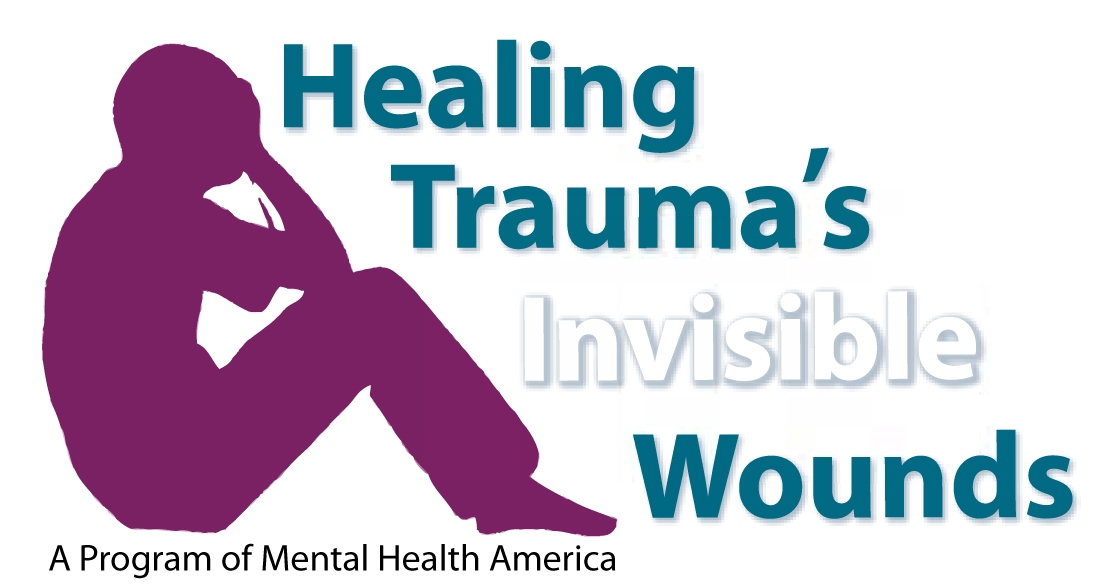

The study involved 22 people suffering from traumatic memories related to a range of traumatic experiences-military combat, childhood sexual molestation, sexual or physical assault, and emotional abuse. Shapiro conducted a controlled study and published the results in the Journal of Traumatic Stress. Therefore, she added additional treatment elements. As a result, she discovered that eye movements alone did not offer therapeutic benefits.

Subsequently, Shapiro began to investigate this through research. In her first study, she worked with 70 volunteers to determine whether they had the same experience. Moving her eyes from side to side seemed to reduce negative thoughts brought on by distressing memories. In 1987, Francine Shapiro was walking in the park when she observed something. Read “PTSD and Teen Trauma: Symptoms, Signs, and Treatment.” The Development of EMDR Moreover, it can be effective for children and teens, as well as adults.
Children and adolescents who have experienced sexual abuse or rapeĬonsequently, EMDR has a broad range of applications. Police officers and other frontline providers. People dealing with grief and loss, due to death, divorce, or loss of a home. Clients who experience discomfort with social situations, public speaking, or medical procedures. People who have been a victim of a disaster (such as a violent crime, accident, natural disasters, fire, etc.). The following populations have used EMDR to support healing from trauma: EMDR can help anyone who has had a negative belief about themself, and I don’t know anyone who hasn’t.” “The World Health Organization recognizes EMDR as a first-choice treatment for PTSD,” says Olivia Lynch, MS, LPC, Newport EMDR Program Training and Development Manager. “However, one of the biggest misconceptions about EMDR is that it’s only for trauma. However, EMDR success rates are also high for anxiety, depression, panic attacks, eating disorders, phobias, and stress caused by chronic disease. Conditions and Populations That EMDR Therapy HelpsĮMDR therapy for trauma is the most common usage and the one that most people are familiar with. However, if the healing process is blocked or imbalanced by the ongoing negative impact of trauma, the wiped cannot heal. Once the blocks are removed, the natural healing processes can go into effect. The brain’s information processing system tries to heal that wound. In EMDR theory, a traumatic event is like a mental and emotional wound. Once the splinter or other blockage is removed, healing can occur. However, if a foreign object or repeated injury keeps the wound from healing, we experience more pain. For example, when we cut ourselves or get a splinter, the body works to heal the wound. Instead, EMDR helps resolve and release traumatic experiences through specific techniques involving eye movement and memory, which are related to the biological mechanisms activated in Rapid Eye Movement (REM) sleep.ĮMDR experts often explain the technique by using the analogy of a physical wound. 
However, this approach to healing from trauma does not involve talking about the past, as in traditional talk therapy.

The goal of EMDR therapy is to process part experiences that are continuing to cause pain and suffering. That’s why EMDR for adolescents can be particularly effective, as many teens struggle with expressing themselves verbally in talk therapy. Talking about the details of a traumatic experience is not required in EMDR sessions. Eye Movement Desensitization and Reprocessing (EMDR) is an integrative approach that is proven to be effective for healing from trauma, PTSD, and a wide range of other mental health conditions. Developed by psychologist and educator Francine Shapiro, EMDR therapy is designed to heal emotional distress.








 0 kommentar(er)
0 kommentar(er)
